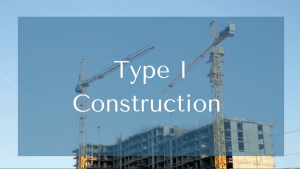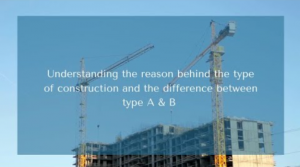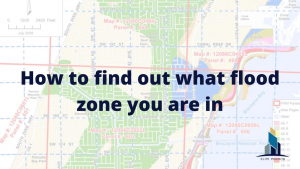
Type II Construction (IIA & IIB) Explained
In our previous video we explained Type I Construction (IA & IB). Today, we describe to you, in detail, Type II. In the upcoming weeks we will also share the other types and their characteristics so you can soon distinguish them easily! Our goal is to educate you on important aspects of the construction industry.
Our goal is to educate you on important aspects of the construction industry. We have an amazing team of professionals who want to share their knowledge with you!






